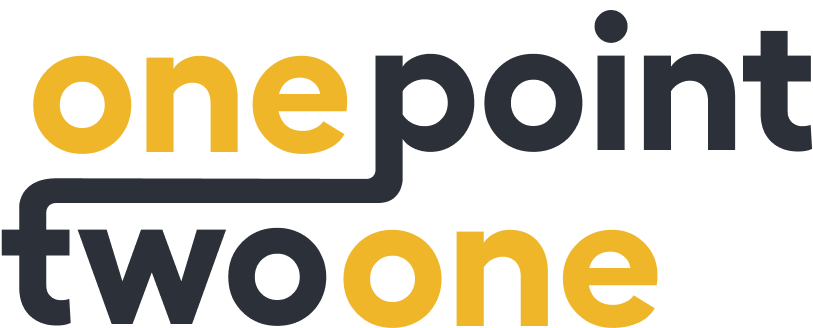Beyond the UI: How Junior Product Managers can appreciate the full depth of product development
If you're a junior or associate-level Product Manager who has ventured into the field from a product marketing, customer service, or other non-technical background, it's natural to feel a bit lost when attempting to grasp the complexity of the engineering work that brings your products to life. Cultivating an appreciation for this work is essential for fostering strong collaboration with your product development teammates and tracking the progress of your initiatives. So, let's jump in!
Take, for instance, the seemingly simple process of a user registration screen in a software product. From a user's perspective, they fill in the registration form, hit the "Sign up" button, and voilà—they're transported to their Home or Welcome screen as a new user. The entirety of the product development work that has been done to enable this simple step manifests to the user through their interactions with the interface.
But what really happens between clicking "Sign up" and landing on the Home screen?
The registration data they've entered is transmitted...somewhere.
The data must be checked and validated - is there already a user account with the same email address?
If the registration data is valid, we need to create a record representing the new user and store it...somewhere.
Oh, and let's not forget to securely store their password—not in plain text, right? Right?
Once we've confirmed we've got a user, we need to generate...something...that informs their web browser (in our example) that the user is authenticated and authorised to access the data associated with their Home screen (and anything else they might do while logged in).
All these steps happen behind the scenes, away from the registration form or the Home screen. It's common for software engineers to work on these components independently of the user interface that exposes the functionality, which is why it's crucial for product managers to understand the completion status of these steps.
Engineers might demonstrate the completion of such functionality by showcasing the output from their unit tests, indicating that the functionality behaves as expected under various scenarios. Alternatively, they might use a tool like Postman to simulate the registration form sending user input and receiving a response, all without having to build the actual user interface to display that interaction.
To draw an analogy, the registration form is like the steering wheel or gear shift of a car (the parts the user actually touches and interacts with), while all those other steps are akin to the engine and transmission—out of sight, but indispensable for a functioning car! As a junior PM, the more you understand the difference between the engine and the steering wheel, the better you'll become at asking the right questions, celebrating incremental progress towards completing a larger task, and honing your technical skills.
You can find me over on Mastodon at @vns@mastodon.social to continue the discussion!
